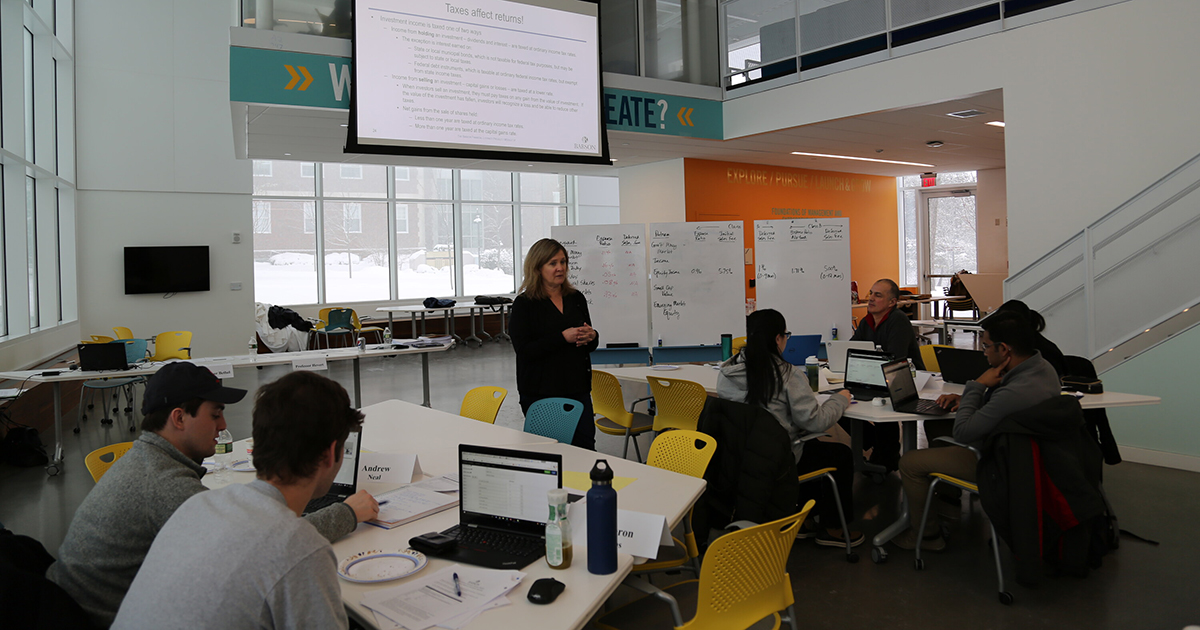Intrapreneurs as Corporate Angel Investors

Ideas are born fragile. “This is how we’ve always done it” gets thrown around offices like a dogma. Bureaucracy unintentionally becomes innovation’s No. 1 enemy. Add too many competing priorities to a silo mentality, and corporations have become idea-killing machines.
Companies usually take a “sink or swim” approach with new ideas, where unfortunately some good ones do drown before getting an actual chance to prove their value. Thus, how ideas become sanctioned and fully funded initiatives, is fairly unclear. In the startup investment community, Angel investors play the critical role of making sure good ideas reach a mature enough stage to withstand more formal oversights, tighter scrutiny, feasibility considerations, and/or a significant injection of capital. The advantage they have is they use their money (as opposed to institutional investments), they are happy with smaller stakes in the venture, and they develop savviness around areas they are passionate about.
Although the privilege of proper corporate angel investors seems reserved for those few in a Corporate Venture Capital or M&A functions, there is clearly a gap that needs to be filled. You may not know who they actually are because these corporate Angels tend to fly under the radar and contribute intermittently, however, for any successful new launch there were likely several unsung heroes that made it happen. Plus, with what they contribute with, or the value they bring, does vary significantly: it could be more knowledge base or more geared to supporting the project. At the same time, that contribution can be more tactical or strategic in nature.
From those intersections, some archetypes that you can expect find are:
The Expert
Even the most seasoned entrepreneurs, with the most multidisciplinary teams, have blinds spots and require outside help from subject matter experts. Whether it is a specialist from a particular industry, or someone with a specific knowledge around a topic or technology, projects need some level of external validation. Experts can help assess product market fit or technology readiness level, or help teams anticipate challenges that can come down the road.
A senior member of the legal team at an energy generation and distribution company, became the de facto go-to guy for any new project that needed legal advice on IP strategies, going as far as actually doing quick patent searches for them. That allowed the teams to either validate their approach or to pivot depending on his recommendations. Despite him having a day job that did not endorse any of his ¨parallel activities¨, he found this extremely rewarding.
The Sponsor
As Toby Bottorf – VP, Service and Experience Design at Continuum– recently stated: ¨… the first driver of intrapreneurial change is the realization that ideas are dying in the organization, because they are not in a hospitable environment for the kind of exploration and learning they require.¨ Ambitious ideas that challenge the status-quo inevitably need a champion, someone who is willing to sacrifice political capital and resources, to protect and nurture them. The sponsor will typically provide resources (dollars or people’s time), and will prevent unfounded criticism to hurt the team’s morale or question the suitability of the organization’s commitment.
At a large food manufacturing company, it was the SVP of Sales and Marketing who undertook the task of revitalizing a stagnated ethnic food category by spearheading an initiative to disrupt such category. She secured buy-in from her peers, put together the team, and made sure the top concepts were piloted and supported by the all the key functions that would have a say in the implementation of the final solution.
The Visionary
We associate visionaries to enlightened founders or inspiring CEOs, who, by their words and actions, set a path forward for the organization. Even though typically innovation beats at the drum of the CEO, in countless occasions different members of the organization step in to either fill a void or enhance that original vision. Having that long-term guiding post helps teams stay on track and overcome those self-doubt valleys that every project goes through.
Early into her tenure as chief marketing and commercial officer, you could feel how Beth Comstock’s unique perspectives were permeating her teams and giving them a sense what type of innovation was expected from them, that business models were supposed to be challenged, and that openness and collaboration was key for the future of GE.
The Navigator
Although Angels can come from anywhere in the organization, they are usually seasoned veterans who volunteer to mentor or oversee innovation projects in an effort to expand their legacy or simply for altruistic reasons. They’ve been around the block a few times, understand the organization’s strength and weaknesses, recognize how things progress and pitfalls to avoid, and more importantly, they know who can be a friend or a foe to the project, both internally and externally.
The head of corporate philanthropy of an online employment platform was instrumental to the redesign of an outdated program, and its conversion into a new social platform, by helping the team navigate sensitive political waters, understanding different group’s conflicting agendas, and ultimately cut across the red tape and effectively implement the changes they needed to succeed.
Because at the front-end of the innovation funnel serendipity plays a much bigger role that it should, and companies cannot afford to miss great opportunities simply because nobody supported them at the early stages, unorthodox friends of innovation are necessary and welcomed as they spend their own capital, de facto becoming a critical part of the organization’s innovation engine.
Posted in Insights





